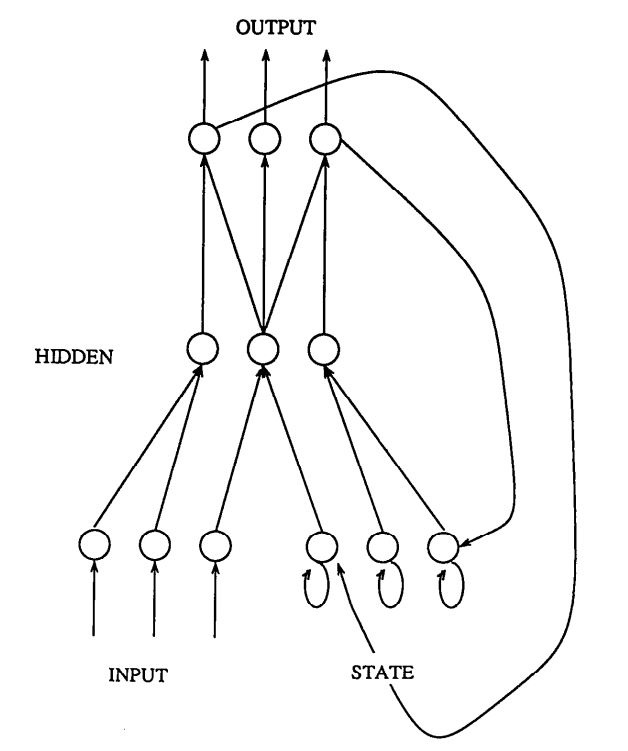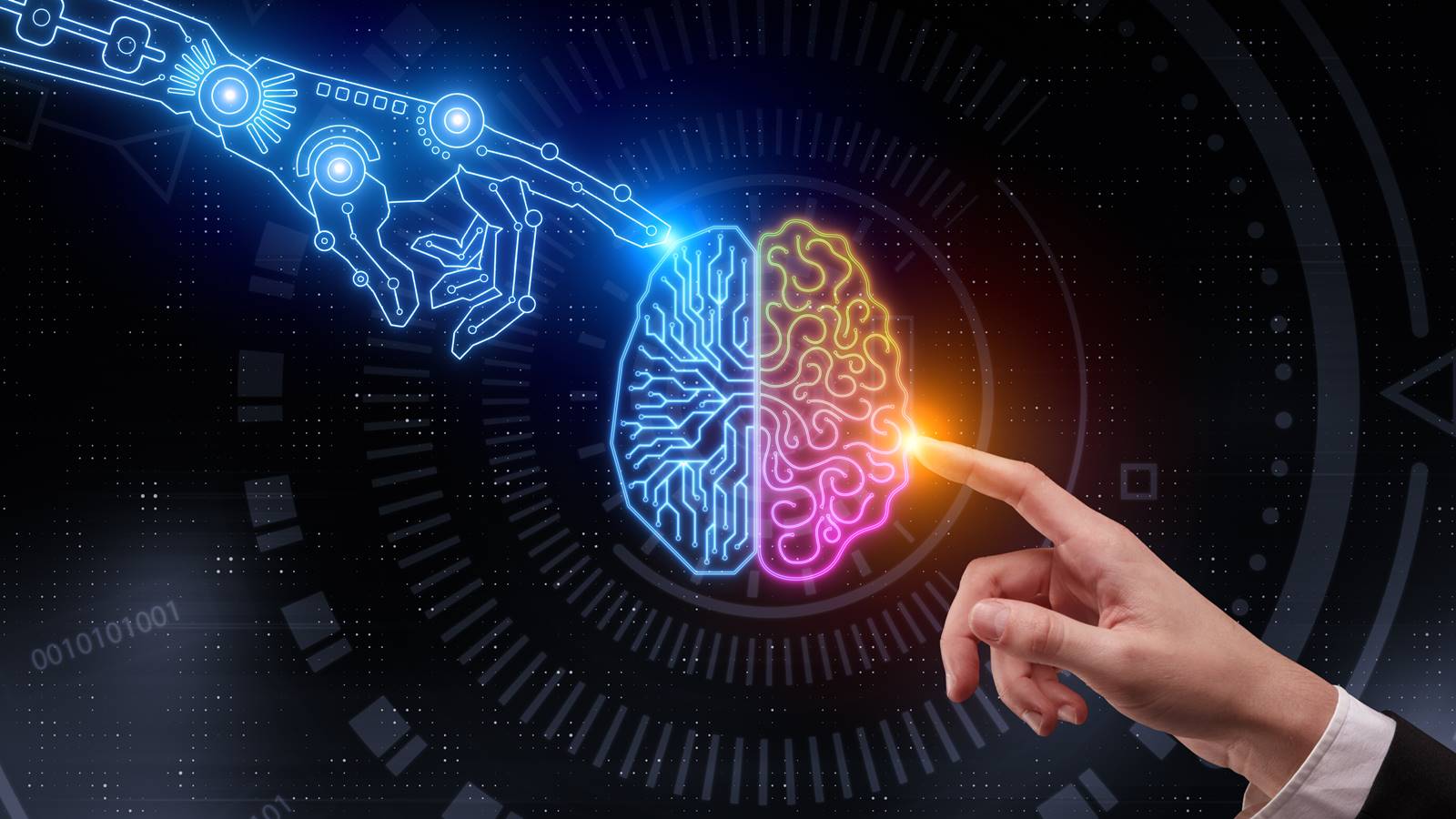
AI has enormous potential for EU health systems but it is still underutilized. Currently, 44 percent of healthcare professionals have never been involved in the development or deployment of AI solutions, despite the sweeping potential it holds. This article explores the potential and challenges of AI in healthcare. This article also covers some of the regulatory issues that could arise. This article offers important insights on AI's potential impact on patient care.
Impact of AI on patient care
AI in healthcare will enable us to diagnose and automate routine tasks faster, as well as provide users with faster answers. AI will ultimately improve patient care and save lives. In a recent survey, 926 respondents in the United States said that they are very or somewhat concerned about AI's impact on health care. Although respondents were identical in age, race and ethnicity they expressed concern over unintended effects such as misdiagnosis, privacy breaches and reduced time with doctors and higher costs.
AI can enhance diagnosis, patient self care, and drug discovery. It can also help with costs and errors, which all lead to better care. AI adoption in the early stages will require significant engagement by professional bodies as well as providers. This will require innovative, well-designed solutions. AI will impact clinical workflows in many different ways. However, it will take some time before AI is widely used across all areas. The technology is already being used in various applications. However, it is crucial that healthcare systems plan for the potential impact of AI on patient care.

Adoption: Challenges
AI can enhance the skills of healthcare providers and improve operational efficiency. This allows staff to concentrate on patient care. AI can assist hospitals in anticipating patient flow and managing patient flow from admission to discharge. It allows them to be flexible to changing circumstances. AI can empower patients to make their own health decisions and save them money on emergency room visits. With remote patient monitoring, AI can also link patients with healthcare professionals when they need assistance.
AI can interpret CT scans faster than radiologists and unstructured data from EHRs quicker than humans. While it is clear that AI can streamline healthcare data interactions, many challenges still remain. For example, there are privacy concerns and ethical concerns. Healthcare stakeholders must work together to implement AI in healthcare. A thorough understanding of AI is essential for organizations to achieve success. Healthcare organizations can use large-scale healthcare solution providers to help them embed AI applications.
Opportunities
AI has many potential applications in the healthcare industry, including early diagnosis and treatment and cost reduction. It can be used to help doctors prescribe more personalized, targeted treatments. These technologies can all be used throughout the patient journey. There are synergies as well as cost savings. But before AI is used in routine clinical practice, it needs to undergo extensive testing and proof of concept phases.
AI algorithms are intended to help physicians make better medical decision by providing data on millions more similar cases. AI algorithms can also be trained to inform doctors if a decision will lead to the best possible treatment. AI can also aid in the diagnosis of difficult-to-evaluate diseases, such as Alzheimer's and diabetes. These systems are able to analyse vocal recordings and movements to detect symptoms. These innovations will increase quality of care and reduce unnecessary expenses.

Regulation
Healthcare providers are exploring innovative ways to improve patient outcomes as well as reduce costs. This field, which includes AI, is heavily regulated by the United States. This is why technology companies that plan to use AI in their products and/or services must carefully consider how the regulations will impact their business model. These are five crucial steps to ensure AI's success within the health care industry.
To ensure privacy, the first step in effective regulation of AI within healthcare is to protect its privacy. AI offers enormous potential. However it is crucial to balance privacy concerns and progress. This will require very precise regulation. Multidisciplinary research groups must include a legislative specialist. The EC has a regulatory structure similar to the one for medical devices. If the legislation passes, international standardisation of AI regulation will likely be possible. It will be beneficial to search for best-practice regulation in healthcare if the legislation fails.
FAQ
What is the latest AI invention
Deep Learning is the most recent AI invention. Deep learning, a form of artificial intelligence, uses neural networks (a type machine learning) for tasks like image recognition, speech recognition and language translation. It was invented by Google in 2012.
Google is the most recent to apply deep learning in creating a computer program that could create its own code. This was accomplished using a neural network named "Google Brain," which was trained with a lot of data from YouTube videos.
This allowed the system to learn how to write programs for itself.
In 2015, IBM announced that they had created a computer program capable of creating music. Neural networks are also used in music creation. These are known as NNFM, or "neural music networks".
How does AI impact the workplace?
It will revolutionize the way we work. We can automate repetitive tasks, which will free up employees to spend their time on more valuable activities.
It will enhance customer service and allow businesses to offer better products or services.
This will enable us to predict future trends, and allow us to seize opportunities.
It will enable organizations to have a competitive advantage over other companies.
Companies that fail to adopt AI will fall behind.
What is the future of AI?
Artificial intelligence (AI) is not about creating machines that are more intelligent than we, but rather learning from our mistakes and improving over time.
Also, machines must learn to learn.
This would allow for the development of algorithms that can teach one another by example.
We should also look into the possibility to design our own learning algorithm.
The most important thing here is ensuring they're flexible enough to adapt to any situation.
Where did AI come from?
In 1950, Alan Turing proposed a test to determine if intelligent machines could be created. He stated that intelligent machines could trick people into believing they are talking to another person.
John McCarthy took the idea up and wrote an essay entitled "Can Machines think?" McCarthy wrote an essay entitled "Can machines think?" in 1956. In it, he described the problems faced by AI researchers and outlined some possible solutions.
Statistics
- By using BrainBox AI, commercial buildings can reduce total energy costs by 25% and improves occupant comfort by 60%. (analyticsinsight.net)
- In the first half of 2017, the company discovered and banned 300,000 terrorist-linked accounts, 95 percent of which were found by non-human, artificially intelligent machines. (builtin.com)
- A 2021 Pew Research survey revealed that 37 percent of respondents who are more concerned than excited about AI had concerns including job loss, privacy, and AI's potential to “surpass human skills.” (builtin.com)
- While all of it is still what seems like a far way off, the future of this technology presents a Catch-22, able to solve the world's problems and likely to power all the A.I. systems on earth, but also incredibly dangerous in the wrong hands. (forbes.com)
- Additionally, keeping in mind the current crisis, the AI is designed in a manner where it reduces the carbon footprint by 20-40%. (analyticsinsight.net)
External Links
How To
How do I start using AI?
You can use artificial intelligence by creating algorithms that learn from past mistakes. This can be used to improve your future decisions.
You could, for example, add a feature that suggests words to complete your sentence if you are writing a text message. It could learn from previous messages and suggest phrases similar to yours for you.
It would be necessary to train the system before it can write anything.
Chatbots can be created to answer your questions. If you ask the bot, "What hour does my flight depart?" The bot will tell you that the next flight leaves at 8 a.m.
Take a look at this guide to learn how to start machine learning.